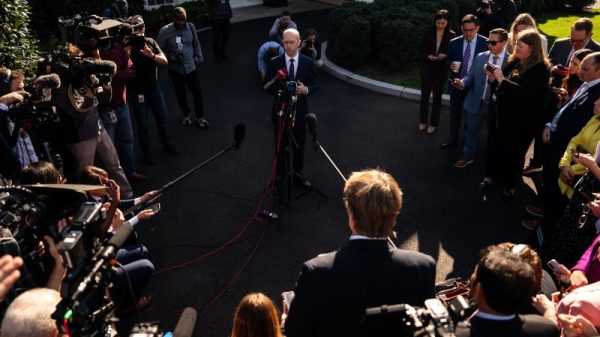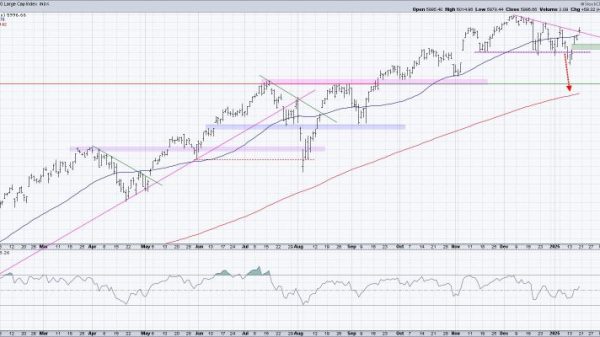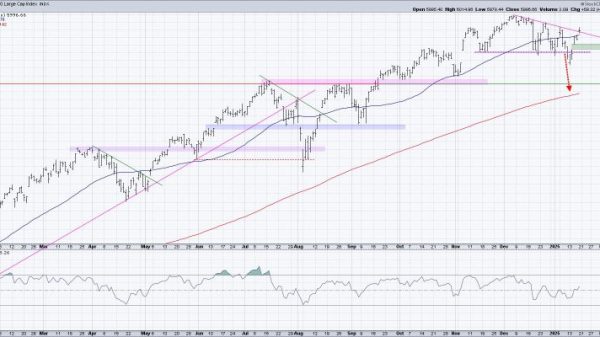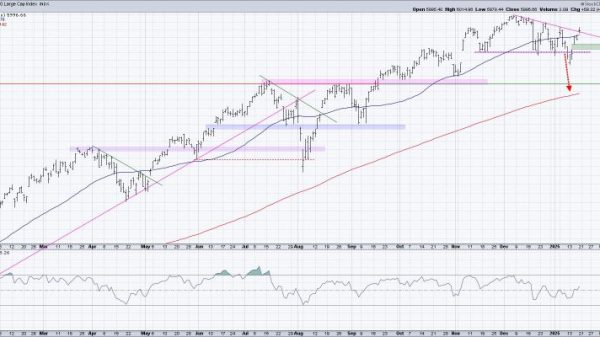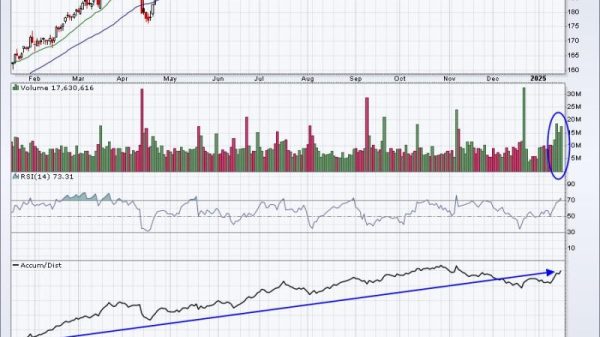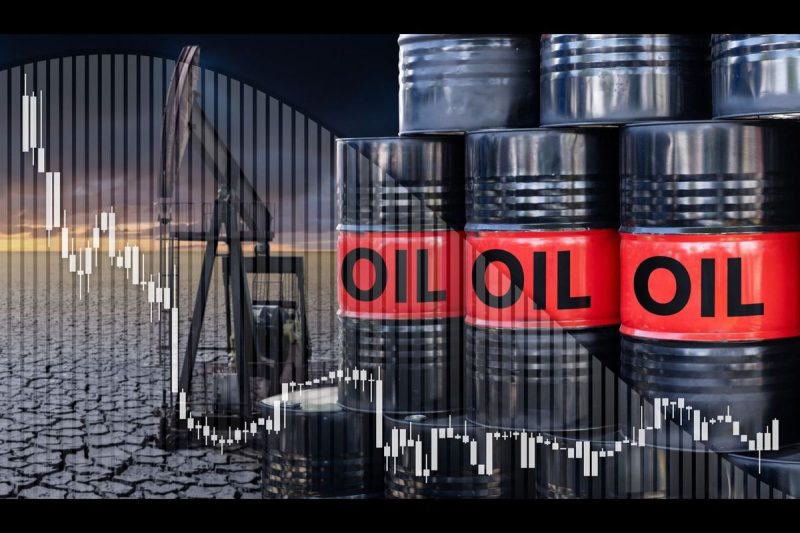In 2024, the oil and gas markets were shaped by several significant trends including shifting demand, geopolitical turmoil and rising production.
As the two key oil benchmarks (Brent and West Texas Intermediate) struggled to maintain price gains made throughout the year the natural gas market was able to register a 55 percent increase between January and the end of December.
Starting the year at US$75.90 per barrel Brent Crude prices rallied to a year-to-date high of US$91.13 on April 5, 2024. Values sunk to a year-to-date low of US$69.09 on September 10. By late December prices were holding in the US$72.40 range.
Similarly, WTI started the 12-month period at US$70.49 and moved to a year-to-date high of US$86.60 on April 5. Prices sank to a year-to-date low of US$65.48 in early September. In late December values were sitting at the US$69.10 level.
While both oil benchmarks contracted by year’s end, natural gas made a late rally achieving its year-to-date high of US$3.76 per metric million British thermal units on December 24.
What trends impacted natural gas in 2024?
Although prices were able to register a late year rally, prices remained under pressure for the majority of 2024. Natural gas prices fell to a year-to-date low of US$1.51 in February, shortly after the Biden administration enacted a moratorium on new liquefied natural gas (LNG) projects in the country.
For Mike O’Leary, partner at Hunton Andrews Kurth, the president’s decision added further strain to the oversupplied market.
He continued: “And with the moratorium imposed by the administration this year on LNG facilities, it’s just exacerbating that, that that glut, for the time being, until at some point that hopefully the moratorium will be lifted, and we’ll see more LNG facilities under construction.”
Hope that the moratorium would be lifted was further dampened in mid-December when the Department of Energy (DoE) released a study on the environmental and economic impacts of LNG exports, assessing their effects on domestic prices, supply, and greenhouse gas emissions.
The DoE analysis highlights a triple cost increase for US consumers from rising LNG exports: higher domestic natural gas prices, increased electricity costs, and higher prices for goods due to manufacturers passing on elevated energy expenses.
‘Special scrutiny needs to be applied toward very large LNG projects. An LNG project exporting 4 billion cubic feet per day – considering its direct life cycle emissions – would yield more annual greenhouse gas emissions by itself than 141 of the world’s countries each did in 2023,” the report read.
This latest development isn’t the only trend impacting US LNG producers.
“A series of warmer-than-expected winters has led to a large supply glut,” explained Ernie Miller, CEO of Verde Clean Fuels (NASDAQ:VGAS). “Natural gas suppliers need to work off those inventories – and see prices return to more rational levels – before they could even think of increasing production.”
After soaring to a 10 year high of US$9.25 in September of 2022 prices have been trending lower, trapped below US$4.00 since early 2023.
“Natural gas is dealing with a severe oversupply problem that has kept a tight lid on prices, and the only sector within natural gas that has held up well is LNG, which is a very small part of the overall gas market,” said Miller.
What trends impacted oil in 2024?
Oil prices exhibited volatility through the year but found support by ongoing production cuts from OPEC+ and steady demand recovery in key economies. US oil production reached a record-high of 13.2 million barrels per day, reflecting resilience despite challenges such as declining rig counts.
Geopolitical tensions, including the Israel-Hamas conflict, added uncertainty to global supply chains.
Meanwhile, Chinese oil demand softened, with lower-than-expected economic performance dampening consumption growth. In contrast, Europe continued its push for renewable energy while navigating supply challenges tied to Russian sanctions.
In the US Trump’s election victory and his repeated campaign exclamations of “Drill, Baby Drill” added optimism to the sector, although as FocusEcnomics Editor and Economist Matthew Cunningham pointed out it could be easier said than done.
“Politicians’ rhetoric often divorces from reality, and in Trump’s case this is no different. He probably will succeed in boosting domestic production of oil and gas, by issuing more leases for drilling on federal land and scrapping environmental regulations. Nonetheless, he is unlikely to boost output by as much as his “drill, baby, drill” comment indicates,’ said Cunningham.
He added: “Historically, the power of US presidents to influence oil and gas production has been dwarfed by that of the market: Ultimately, the price of oil and gas will determine if American shale firms will drill. Our Consensus forecast is currently for U.S. crude production to rise by 0.7 million barrels next year, about 3 percent of 2024 output.”
This sentiment was echoed by Miller, whose company Verde Clean Fuels makes low carbon gasoline.
“While President-elect Trump is likely to remove restrictions from oil producers, it doesn’t mean those producers will necessarily be drilling more wells or increasing domestic production. With oil prices hovering around US$70 a barrel – down from US$85 in the spring – oil companies don’t want to create an oversupply scenario driving prices even lower,’ said Miller.
Regardless of Trump’s directive producers will likely remain prudent.
“The major oil companies have learned hard lessons from previous cycles, that they need to maintain discipline and a strong balance between supply and demand so they can protect their margins,” Miller added
O’Leary also thinks Trump’s campaign promises, if followed through, could add more price volatility to the market.
“Even though he said that the energy companies here in the States realize they don’t really want to open the spigots, because that’s going to drive the price down,” said O’Leary.
“If the US did that and overproduced OPEC would say, well, we need to defend our market share, so they might just go ahead and open their spigots up, and that would further drive the price down,” he said, adding that Trump’s pro-energy stance could result in more capital for the sector.
Trump’s tough tariff talk
Shortly after winning the US election the president-elect began touting 25 percent tariffs aimed at ally nations Canada and Mexico.
Over several decades trade between the three nations has become increasingly interconnected adding tariffs to all or some goods and services could weaken continental relations and result in an escalating back and forth.
In 2023, the US imported 8.51 million barrels per day (b/d) of petroleum from 86 countries.
Canada and Mexico topped the list of countries with Canada supplying 52 percent and Mexico 11 percent.
“There’s a lot of concern that if the oil and gas sector is not exempt, and he has said nothing about exempting it, that that could drive the prices up for the consumers here in the in the country and do just the opposite of what I think Trump really wants to do, which is to fight inflation,” said O’Leary.
As FocusEconomics editor and economist Cunningham pointed out we could see a repeat of the 2018 trade war if the tariffs are enacted, which would ultimately hurt the US oil and gas sector.
“During the 2018 trade war with China, Chinese buyers of oil and gas erred away from purchasing U.S. supplies of the fuel. US oil prices fell relative to European ones, and US liquified natural gas exports to China fell to zero after Beijing hiked tariffs on the fuel to 25 percent,” said Cunningham.
In October, FocusEconomics surveyed 15 economists on whether Trump would implement a 10 percent –20 percent blanket tariff on imports and two-thirds responded that he will, he added.
Geopolitical uncertainty
Looking to the year ahead our experts see geopolitics as a major trend to watch.
“As in recent years, wars in the Middle East and Eastern Europe will continue to support oil and gas prices by unsettling trade flows and raising the risk of supply disruptions. That said, it seems likely that conflicts in both regions will come closer to winding down in 2025 than at the start of 2024,” said Cunningham.
Israel has largely dismantled Hamas’ leadership, while Ukraine faces potential negotiations with Russia following recent military setbacks and Donald Trump’s re-election, given his focus on brokering a deal. These developments could exert downward pressure on oil and gas prices in the coming year, he went on to explain.
Due to these factors FocusEconomics panelists have cut their forecast for average Brent prices in 2025 by 7.6 percent.
Miller expects some volatility, but moreover resilience in the energy sector.
“The largest spikes in volatility we’ve seen are directly related to the war in the Middle East. However, interestingly, those spikes have been very short-lived, and prices settled back and have been drifting lower for months,’ he said. “I think it’s fair to say that, by and large, global energy markets have been remarkably resilient, considering there are two wars going on. That stability has worked as a bit of a tailwind for economies because oil is among the largest expenses for many industries, including air travel and trucking.”
For O’Leary, this year’s geopolitical shifts, notably the Ukraine war, have reshaped global energy dynamics. Europe, aiming to reduce reliance on Russian energy, has turned to the global market, securing LNG supplies from the U.S. and Australia. This has increased LNG demand but hasn’t significantly lifted natural gas prices, which remain low.
Meanwhile, companies pursuing greener energy strategies are reassessing due to high costs, with some shifting focus from green hydrogen, produced via electrolysis, to blue hydrogen derived from natural gas, which is more cost-effective.
Oil and natural gas trends to watch in 2025
Oil and gas market watchers should be on the lookout for more uncertainty as we enter 2025.
O’Leary is keeping an eye on the growing energy demands of data centers and AI are straining power grids, spurring interest in solutions like hydrogen, nuclear power, and co-located facilities. However, delays in permitting new energy infrastructure, such as LNG facilities and pipelines, remain a significant hurdle.
Geopolitically, he sees the Ukraine war’s resolution stabilizing oil and gas markets, though Europe is unlikely to fully trust Russia as an energy supplier again.
Miller will be watching OPEC+ decisions and actions, as they continue to influence global oil supply dynamics.
Additionally, the performance of major economies across the US, Europe, and Asia will also play a critical role in shaping demand. Seasonal weather conditions could have a significant impact, particularly if the US and Europe experience a colder or warmer-than-usual winter. Lastly, any major geopolitical developments involving oil-producing nations could cause unexpected shifts in the market.
Economist Cunningham pointed to several trends that investors should be mindful of.
“Black swan events—those that are rare and difficult to predict, like the wars in Gaza and Ukraine—are, by their unforeseen nature, some of the primary movers of volatility in oil and gas markets,” said Cunningham. “Donald Trump, who styles himself as a master dealmaker, is the main wild card. Trump likes to cloak himself in the guise of a black swan—a “madman” à la Nixon—that is hard to read and will push his interlocutors to the brink in order to force them to accept his terms.”
He warns that trade wars would send energy prices plunging, while tighter sanctions on oil-producing Iran and Venezuela—two of Trump’s bugbears—could send them higher.
The oil market faces uncertainty on both supply and demand fronts in 2025, he explained.
OPEC+ cohesion is under pressure as competition from non-member producers rises, with the group planning to increase production starting in April. On the demand side, emerging Asia is expected to drive crude consumption, though China’s economic performance remains a key variable. Additionally, the potential global economic impact of Donald Trump’s re-election looms.
Analysts predict a slight slowdown in global GDP growth in 2025, with both China and the US set to decelerate.
Securities Disclosure: I, Georgia Williams, hold no direct investment interest in any company mentioned in this article.


